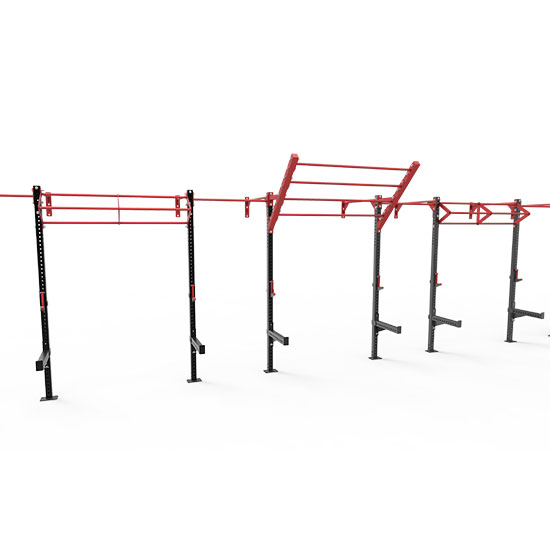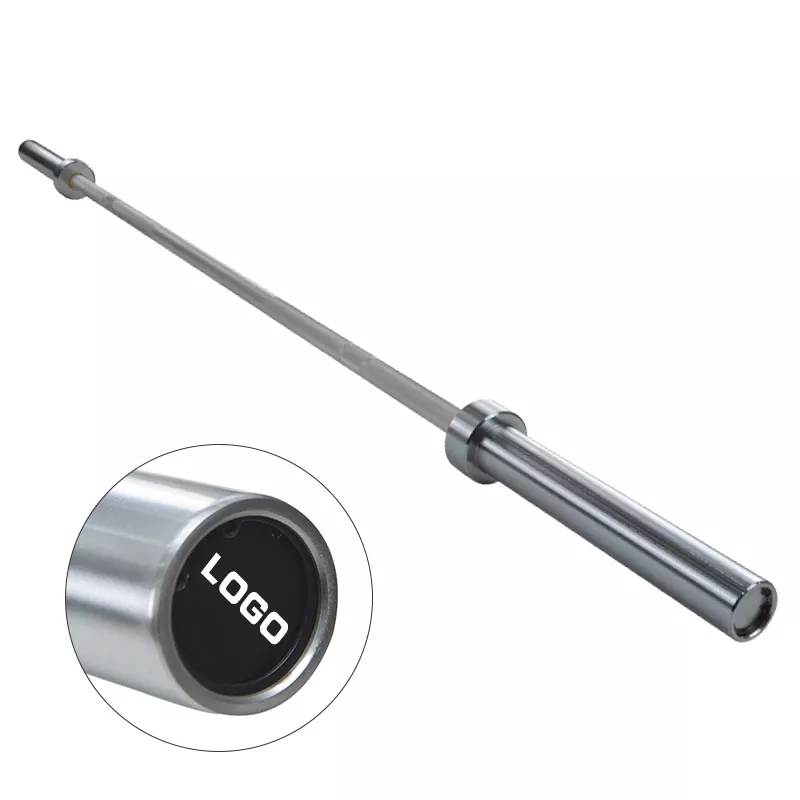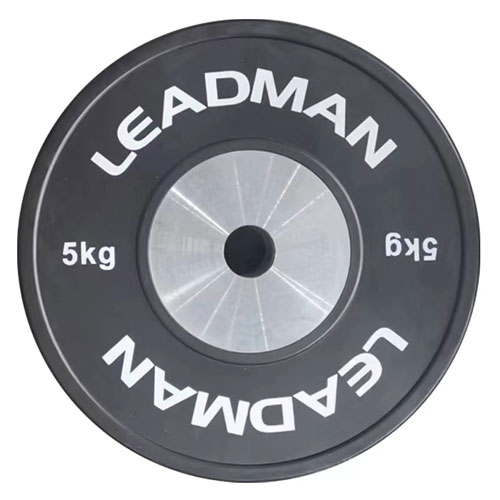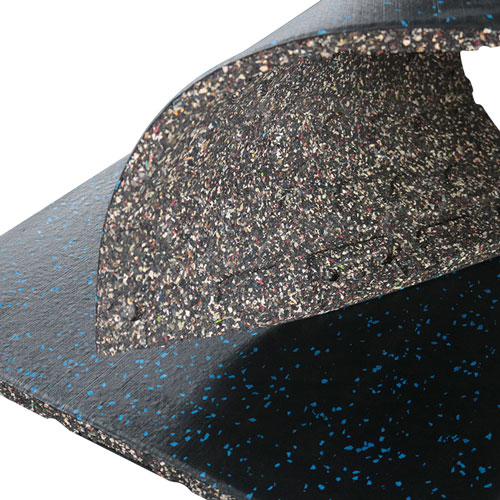Kakšna je razlika med poceni in drago podlogo za jogo
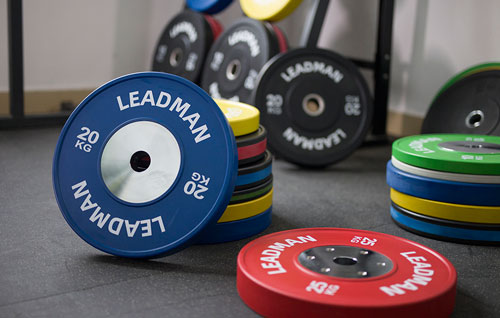
Remember that first yoga class? The excitement, the anticipation… then the unsettling feeling of your feet slipping on the mat during downward-facing dog, followed by a nagging knee ache from the paper-thin cushioning? That, my friends, was the yoga mat dilemma in action. The seemingly simple piece of equipment can significantly impact your practice, and choosing the wrong one can lead to discomfort, injury, and ultimately, a less enjoyable experience. While the price difference between yoga mats can be significant, the value proposition extends far beyond the initial cost. This post will explore the key distinctions between cheap and expensive mats to help you choose the right one for your needs and budget.
Materialne zadeve: Material: temelj vaše prakse
The material of your yoga mat is the cornerstone of its performance. Different materials offer varying levels of grip, cushioning, durability, and environmental impact. Let's delve into some of the most common options:
PVC (polivinilklorid): PVC is ubiquitous in budget-friendly yoga mats. Its pros are undeniable: it's incredibly affordable and generally durable. However, PVC's cons outweigh its advantages for many practitioners. It's a non-biodegradable plastic, contributing to environmental pollution. More importantly, its slick surface often loses grip when wet, making it dangerous for sweaty practices like Bikram or hot yoga. The lack of cushioning also adds to discomfort during longer sessions.
TPE (termoplastični elastomer): TPE is a more eco-friendly alternative to PVC. It's often touted as a sustainable option because it's recyclable and made from a blend of plastics rather than a single petroleum-based component. TPE mats usually provide decent cushioning and are generally more comfortable than PVC. However, they may not be as durable as natural rubber and can sometimes lose grip over time, especially with heavy use.
Naravni kavčuk: Natural rubber mats offer superior grip, especially when sweaty, making them ideal for hot yoga and vigorous practices. They're naturally absorbent and often quite durable. From a sustainability standpoint, responsibly sourced natural rubber is a winner. However, natural rubber can be pricier than PVC or TPE. It might also have a strong initial odor that dissipates over time, and it's susceptible to mildew if not properly cleaned and stored.
Drugi materiali: A growing number of innovative materials are entering the yoga mat market. Cork mats offer excellent grip and are naturally antimicrobial, reducing the risk of mildew. However, they tend to be less durable and can be sensitive to moisture. Jute mats are another eco-friendly option, but their lack of cushioning and grip limits their suitability for certain practices. Microfiber mats are lightweight and easy to clean, but might not provide sufficient cushioning or grip for all styles.
Oprijem in stabilnost: Ostanite na mestu med tokom
Grip is paramount for safety and the overall quality of your practice. A mat that slips during challenging poses can lead to injury and frustration. Cheap mats, often made of PVC, often lack sufficient grip, particularly when your skin is wet with sweat. The surface might be smooth and offer little friction, leading to instability. In contrast, higher-quality mats made of natural rubber or textured TPE offer significantly enhanced grip, keeping you securely grounded even during intense flows. The texture plays a crucial role here: deeply textured surfaces provide more points of contact, enhancing grip and stability.
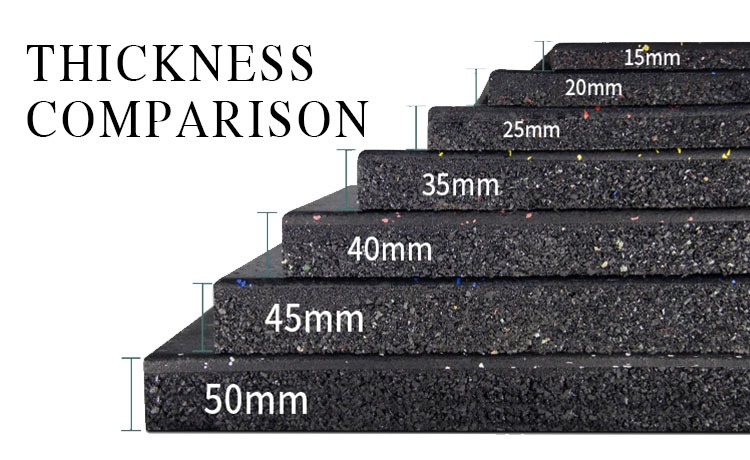
Primerjava debeline
Blaženje in udobje: Zaščita sklepov
The thickness of your yoga mat is directly correlated to its cushioning. Thinner, cheaper mats offer minimal joint protection, potentially leading to discomfort or even injury during poses that place pressure on knees, hips, elbows, and wrists. Thicker, more expensive mats provide superior cushioning, absorbing impact and reducing strain on your joints. This difference is particularly noticeable during longer practices, where joint discomfort can significantly impair your performance and enjoyment. High-density foam provides superior cushioning compared to thinner, less dense alternatives.
Trajnost in dolga življenjska doba: Vlaganje na dolgi rok
While a cheap mat might seem like a budget-friendly option upfront, its lack of durability translates to higher long-term costs. Cheap mats are prone to tearing, ripping, and general wear and tear, requiring frequent replacements. Higher-quality mats, on the other hand, are designed to withstand intense use and maintain their integrity over time. Consider the "cost per use": a more expensive mat that lasts for years might actually be cheaper in the long run than repeatedly replacing cheaper mats. Look for mats with reinforced edges to prevent fraying and tearing.

Telovadnica Rubber Mat
Okolju prijazne možnosti: Izbira trajnostnih rešitev
The environmental impact of your yoga mat should be a key consideration. PVC production and disposal contribute significantly to pollution. Opting for eco-friendly materials like TPE, natural rubber (sourced responsibly), or cork reduces your environmental footprint. Look for certifications such as OEKO-TEX Standard 100, which guarantees the absence of harmful substances in textiles and ensures that manufacturing processes adhere to stringent environmental standards.
Velikost in teža: Iskanje ustreznega modela
Standard yoga mat sizes generally range from 72 inches long and 24 inches wide, though variations exist. Taller individuals might prefer extra-long mats. Consider your height and practice style when choosing a size. Weight is another factor to consider, especially if you plan to transport your mat regularly. Lighter mats are easier to carry, while heavier ones might offer increased stability. Travel mats are designed for portability and compactness.
Čiščenje in vzdrževanje: Vzdrževanje svežine podloge
Proper cleaning and maintenance are vital for prolonging the life of your yoga mat and preventing the growth of mildew. Always check the manufacturer's instructions for specific cleaning recommendations. Generally, you should avoid harsh chemicals and opt for mild soap and water. Regular cleaning not only removes sweat and dirt but also helps maintain grip. Proper storage in a dry, well-ventilated area is also crucial to prevent mildew and damage.
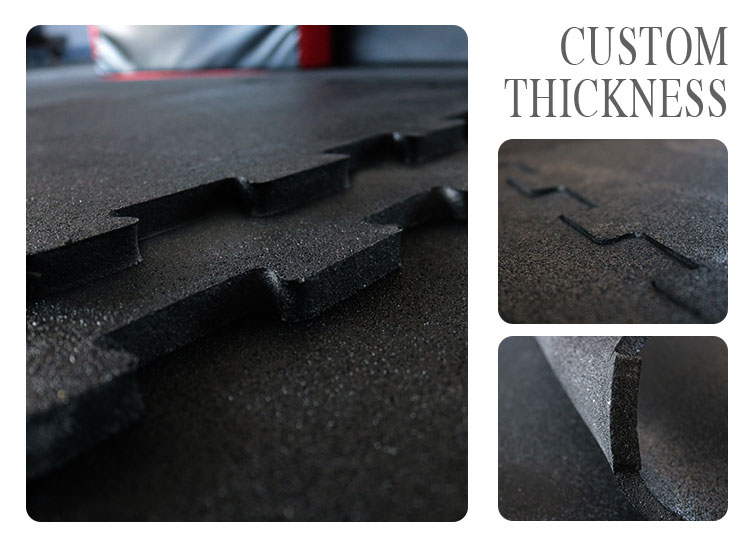
Debelina po meri
Upoštevanje cenovne točke: Ravnovesje med vrednostjo in proračunom
Yoga mats range in price from under $20 for basic PVC mats to over $100 for high-end natural rubber or specialized mats. Understanding this price range is essential for informed decision-making. While budgeting is important, remember that investing in a high-quality mat can save money in the long run by reducing the need for frequent replacements. For budget-conscious consumers, TPE mats offer a good balance between price and performance. Those prioritizing grip and sustainability might choose a natural rubber mat, despite the higher cost.
Zaključek: Izbira prave podloge za jogo za vas
The choice between a cheap and an expensive yoga mat boils down to a careful consideration of your individual needs and priorities. Cheap mats offer affordability but often compromise on grip, cushioning, durability, and environmental impact. Expensive mats offer superior performance in these areas, justifying the higher cost through longevity and enhanced practice quality. Ultimately, investing in a yoga mat that supports your practice, comfort, and well-being is a worthwhile investment. Choose wisely, and enjoy your flow!
Pogosta vprašanja o izbiri in vzdrževanju podloge za jogo
1. Kakšna je razlika med poceni in drago podlogo za jogo?
Poceni podloge za jogo so pogosto izdelane iz PVC in imajo lahko omejen oprijem, blaženje in vzdržljivost. Dražje podloge, kot so tiste iz naravnega kavčuka ali TPE, zagotavljajo boljši oprijem, udobje in dolgoročno vzdržljivost, kar lahko izboljša vašo vadbo in dolgoročno prihrani denar.
2. Kako izbrati pravo podlogo za jogo?
Upoštevajte dejavnike, kot so material (PVC, TPE ali naravna guma), debelina za blaženje in oprijem za vašo vrsto vadbe. Za vadbo vroče joge ali potenja se odločite za podloge z boljšim oprijemom, kot je naravni kavčuk. Če vam je pomembna trajnost, so odlična izbira okolju prijazne možnosti, kot sta pluta ali TPE.
3. Kako lahko vzdržujem svojo podlogo za jogo, da bo v dobrem stanju?
Redno čiščenje je ključnega pomena. Podlogo obrišite z blagim milom in vodo ter se izogibajte ostrim kemikalijam. Podlogo shranjujte v suhem, dobro prezračevanem prostoru, da preprečite nastanek plesni. Vedno preverite proizvajalčeva navodila za nego za najboljše prakse.
4. Ali lahko za vse vrste joge uporabljam katero koli podlogo za jogo?
Čeprav so mnoge podloge vsestranske, pa nekatere vrste joge, kot sta hot joga ali bikram, zahtevajo podloge z odličnim oprijemom in odpornostjo na vlago. Za te prakse so idealne podloge iz naravnega kavčuka ali teksturiranega TPE. Za nežnejše prakse, kot je restorativna joga, je primernejša debelejša blazinasta podloga.


